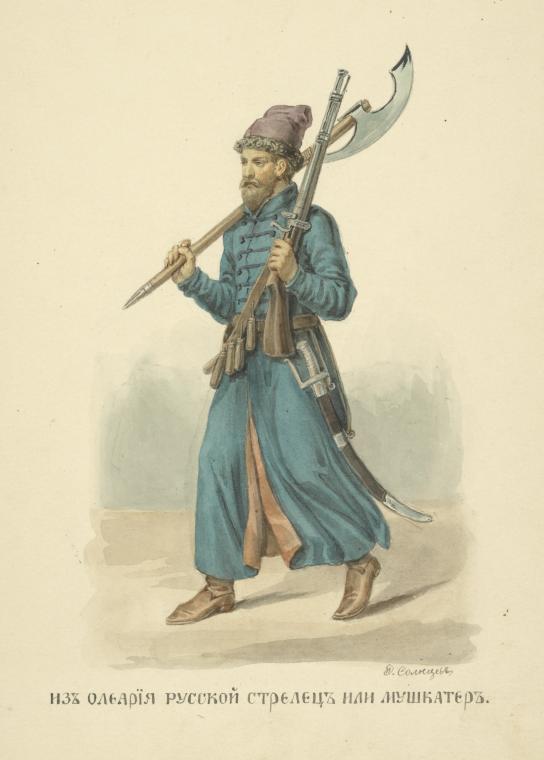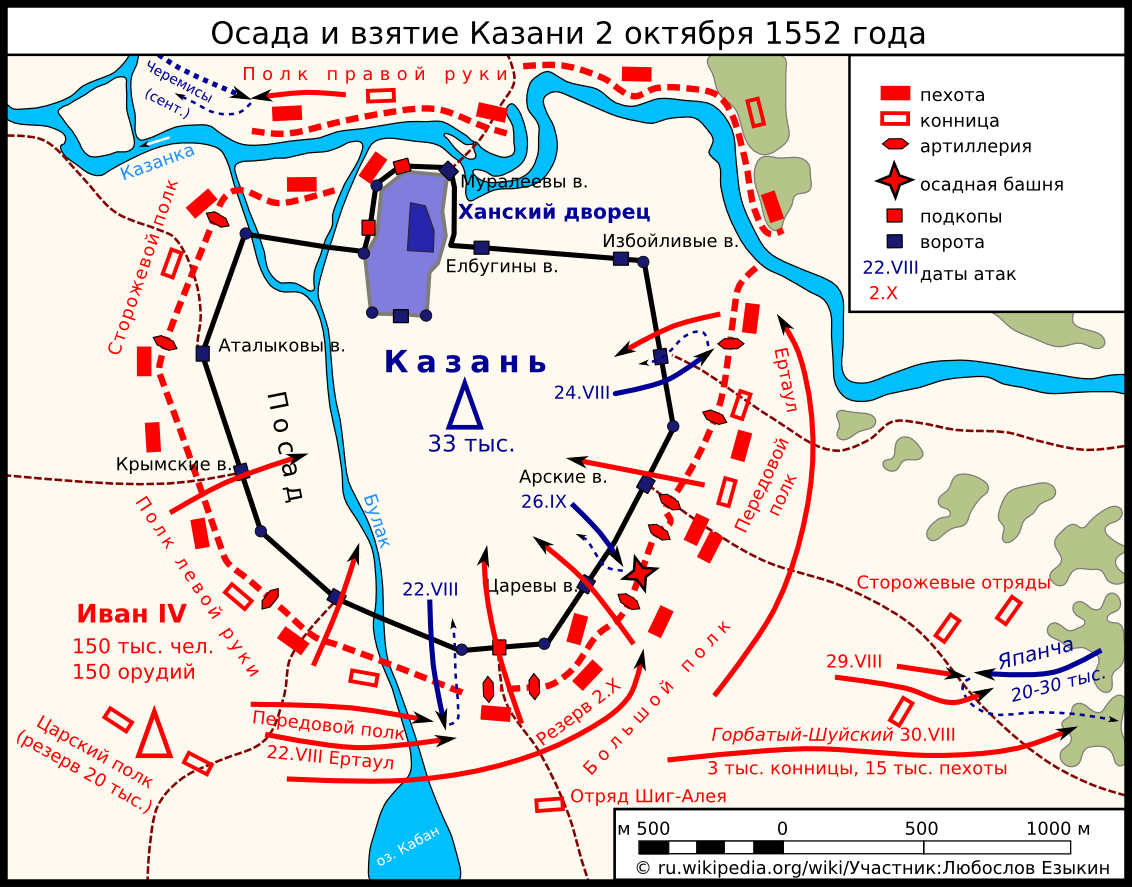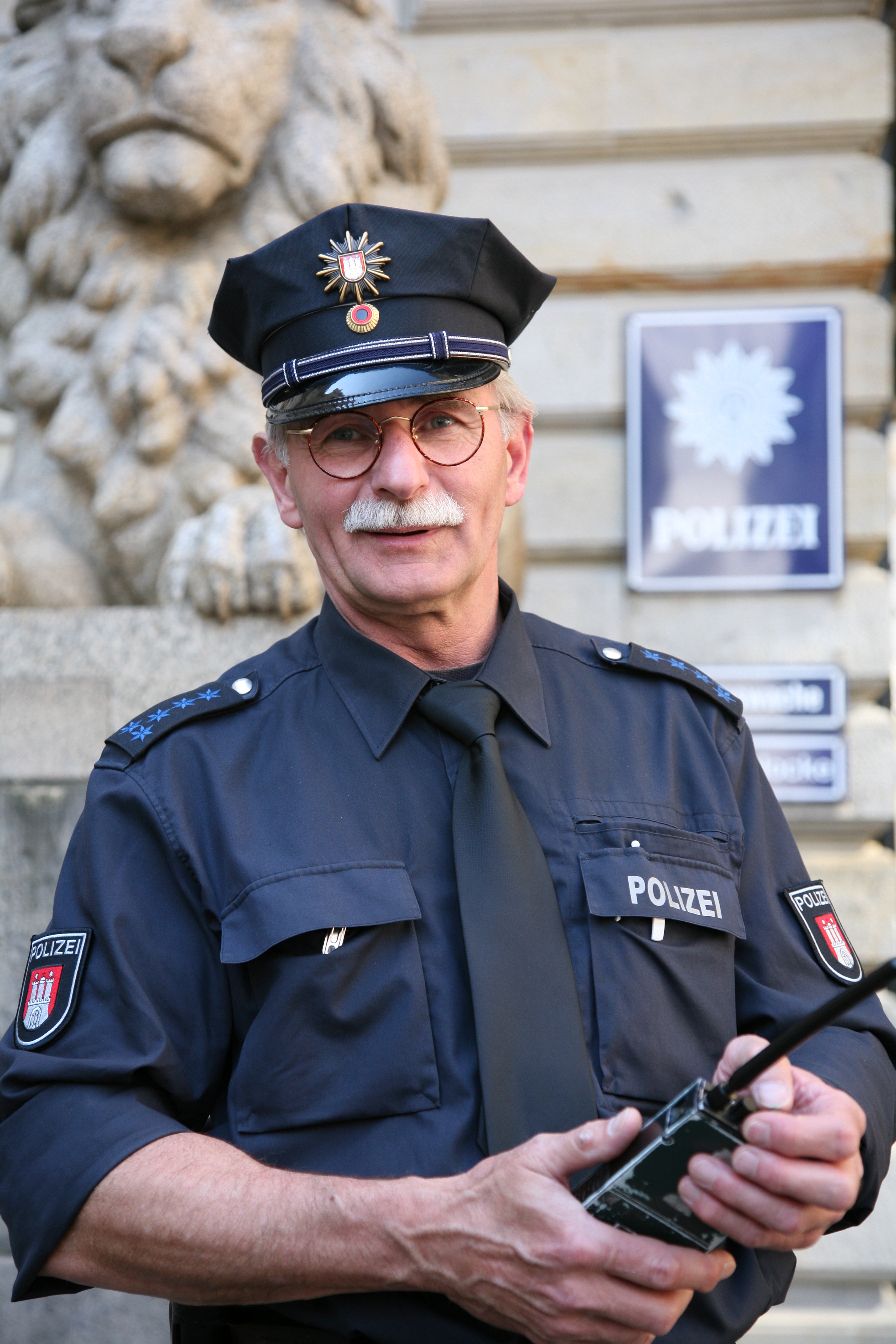|
Streltsy
The streltsy (, ; , ) were the units of Russian firearm infantry from the 16th century to the early 18th century and also a social stratum, from which personnel for streltsy troops were traditionally recruited. They are also collectively known as ''streletskoye voysko'' (). These infantry troops reinforced feudal levy horsemen or ''Landed Army, pomestnoye voysko'' (). The first units were established by Ivan the Terrible as part of the first Russian standing army. The streltsy were under the administration of the ''Streletsky prikaz'' from 1571. Peter the Great curtailed the influence of the streltsy, and following the streltsy uprising of 1698, streltsy units began to be disbanded. However, it was not until the 1720s that this process was completed. Origins and organization The first streltsy units were created by Ivan the Terrible sometime between 1545 and 1550 and armed with Arquebus, arquebuses. During his reign, Russia was fighting wars almost continuously, including ... [...More Info...] [...Related Items...] OR: [Wikipedia] [Google] [Baidu] |
Peter The Great
Peter I (, ; – ), better known as Peter the Great, was the Sovereign, Tsar and Grand Prince of all Russia, Tsar of all Russia from 1682 and the first Emperor of Russia, Emperor of all Russia from 1721 until his death in 1725. He reigned jointly with his half-brother Ivan V of Russia, Ivan V until 1696. From this year, Peter was an Absolute monarchy, absolute monarch, an autocrat who remained the ultimate authority and organized a well-ordered police state. Much of Peter's reign was consumed by lengthy wars against the Ottoman Empire, Ottoman and Swedish Empire, Swedish empires. His Azov campaigns were followed by the foundation of the Imperial Russian Navy, Russian Navy; after his victory in the Great Northern War, Russia annexed a Treaty of Nystad, significant portion of the eastern Baltic Sea, Baltic coastline and was officially renamed from a Tsardom of Russia, tsardom to an Russian Empire, empire. Peter led a cultural revolution that replaced some of the traditionalist ... [...More Info...] [...Related Items...] OR: [Wikipedia] [Google] [Baidu] |
Streletsky Prikaz
The ''Streletsky prikaz'' (), sometimes translated as the Streltsy Department, was one of the main governmental bodies (a ''prikaz'') in Russia during the 16th and 17th centuries which administered the streltsy. History The first reference to the ''Streletsky prikaz'' appears in 1571, but in the mid-1550s, it already existed under the name of ''Streletskaya izba'' (). The ''Streletsky prikaz'' was in charge of the Moscow and municipal streltsy, their lands and other properties, disbursement of their salary and bread allowances, and their cases in court. In 1672–1683, it also collected the taxes of the streltsy. After the streltsy uprising in 1698, the ''Streletsky prikaz'' was engaged in regular administrative and managerial matters. In 1701, it was transformed into the ''Prikaz zemskikh del'' (), inheriting the functions of the ''zemstvo A zemstvo (, , , ''zemstva'') was an institution of local government set up in consequence of the emancipation reform of 1861 of Imperi ... [...More Info...] [...Related Items...] OR: [Wikipedia] [Google] [Baidu] |
Siege Of Kazan
The siege of Kazan or Fall of Kazan in 1552 was the final battle of the Russo-Kazan Wars and led to the fall of the Khanate of Kazan. Conflict continued after the fall of Kazan, however, as rebel governments formed in Çalım and Mişätamaq, and a new khan was invited from the Nogais. This guerrilla war lingered until 1556. Background During the existence of the khanate (1438–1552) Russian forces besieged Kazan at least ten times (1469, 1478, 1487, 1506, 1524, 1530, 1545, 1547, 1549–1550, 1552). In 1547 and in 1549–1550, Ivan the Terrible besieged Kazan, but supply difficulties forced him to withdraw. The Russians pulled back and built the town or fort of Sviyazhsk. They also annexed land west of the Volga which weakened the khanate. The peace party agreed to accept the pro-Russian Shah Ali as khan. The patriotic party regained power, Shah Ali fled and Yadegar Mokhammad of Kazan was called in as khan. Religious leaders like Qolsharif inspired the people to a determi ... [...More Info...] [...Related Items...] OR: [Wikipedia] [Google] [Baidu] |
Russian Army
The Russian Ground Forces (), also known as the Russian Army in English, are the Army, land forces of the Russian Armed Forces. The primary responsibilities of the Russian Ground Forces are the protection of the state borders, combat on land, and the defeat of enemy troops. The President of Russia is the Supreme Commander-in-Chief of the Russian Armed Forces, Supreme Commander-in-Chief of the Armed Forces of the Russian Federation. The Commander-in-Chief of the Russian Ground Forces is the chief commanding authority of the Russian Ground Forces. He is appointed by the President of Russia. The Main Command of the Ground Forces is based in Moscow. Mission The primary responsibilities of the Russian Ground Forces are the protection of the state borders, combat on land, the security of occupied territories, and the defeat of enemy troops. The Ground Forces must be able to achieve these goals both in nuclear war and non-nuclear war, especially without the use of Weapon of mass d ... [...More Info...] [...Related Items...] OR: [Wikipedia] [Google] [Baidu] |
Swedish Empire
The Swedish Empire or the Great Power era () was the period in Swedish history spanning much of the 17th and early 18th centuries during which Sweden became a European great power that exercised territorial control over much of the Baltic region. During this period it also held territories on the North Sea and some Swedish overseas colonies, overseas colonies, including New Sweden. The beginning of the period is usually taken as the reign of Gustavus Adolphus, who ascended the throne in 1611, and its end as the loss of territories in 1721 following the Great Northern War. After the death of Gustavus Adolphus in 1632, the empire was controlled for lengthy periods by part of the high Swedish nobility, nobility, such as the Oxenstierna family, acting as regents for minor monarchs. The interests of the high nobility contrasted with the uniformity policy (i.e., upholding the traditional equality in status of the Swedish estates favoured by the kings and peasantry). In territories ac ... [...More Info...] [...Related Items...] OR: [Wikipedia] [Google] [Baidu] |
Grigory Kotoshikhin
Grigory Karpovich Kotoshikhin () ( 1630 – November 1667) was a Russian diplomat, podyachy of the Posolsky Prikaz, and writer. In 1658–61, Grigory Kotoshikhin was one of those sent on a diplomatic mission to negotiate the Treaty of Valiesar and Treaty of Cardis with Sweden. In the spring of 1664, he was dispatched to see Prince Yakov Cherkassky and take charge of his army's clerical work. In August, however, Grigory Kotoshikhin defected to the Lithuanians and moved to Silesia. After that, he went to Stockholm via Narva and was admitted to the Swedish service. Kotoshikhin converted from Orthodoxy to Lutheran Protestantism and adopted the name Ivan-Alexander Selitsky. In the fall of 1667, he was executed at Stockholm for killing, while drunk, the owner of the house where he had been living. Grigory Kotoshikhin authored a work called ''On Russia during the Reign of Alexey Mikhailovich'', which represents a valuable source of history of the mid-17th century Tsardom of Russia. ... [...More Info...] [...Related Items...] OR: [Wikipedia] [Google] [Baidu] |
Fire Brigade
A fire department (North American English) or fire brigade (Commonwealth English), also known as a fire company, fire authority, fire district, fire and rescue, or fire service in some areas, is an organization that provides fire prevention and fire suppression services as well as other rescue services. Fire departments are most commonly a public sector organization that operate within a municipality, county, state, nation, or special district. Private and specialist firefighting organizations also exist, such as those for aircraft rescue and firefighting. A fire department contains one or more fire stations within its boundaries, and may be staffed by firefighters, who may be professional, volunteers, conscripts, or on-call. Combination fire departments employ a mix of professional and volunteer firefighters. In some countries, fire departments may also run an ambulance service, staffed by volunteer or professional EMS personnel. Organization Fire departments are org ... [...More Info...] [...Related Items...] OR: [Wikipedia] [Google] [Baidu] |
Policing
The police are a constituted body of people empowered by a state with the aim of enforcing the law and protecting the public order as well as the public itself. This commonly includes ensuring the safety, health, and possessions of citizens, and to prevent crime and civil disorder. Their lawful powers encompass arrest and the use of force legitimized by the state via the monopoly on violence. The term is most commonly associated with the police forces of a sovereign state that are authorized to exercise the police power of that state within a defined legal or territorial area of responsibility. Police forces are often defined as being separate from the military and other organizations involved in the defense of the state against foreign aggressors; however, gendarmerie are military units charged with civil policing. Police forces are usually public sector services, funded through taxes. Law enforcement is only part of policing activity. Policing has included an array of ac ... [...More Info...] [...Related Items...] OR: [Wikipedia] [Google] [Baidu] |
Military Operation
A military operation (op) is the coordinated military actions of a state, or a non-state actor, in response to a developing situation. These actions are designed as a military plan to resolve the situation in the state or actor's favor. Operations may be of a combat or non-combat nature and may be referred to by a code name for the purpose of national security. Military operations are often known for their more generally accepted common usage names than their actual operational objectives. Types of military operations Military operations can be classified by the scale and scope of force employment, and their impact on the wider conflict. The scope of military operations can be: * Theater: this describes an operation over a large, often continental, area of operation and represents a strategic national commitment to the conflict, such as Operation Barbarossa, with general goals that encompass areas of consideration outside the military, such as the economic and political imp ... [...More Info...] [...Related Items...] OR: [Wikipedia] [Google] [Baidu] |





